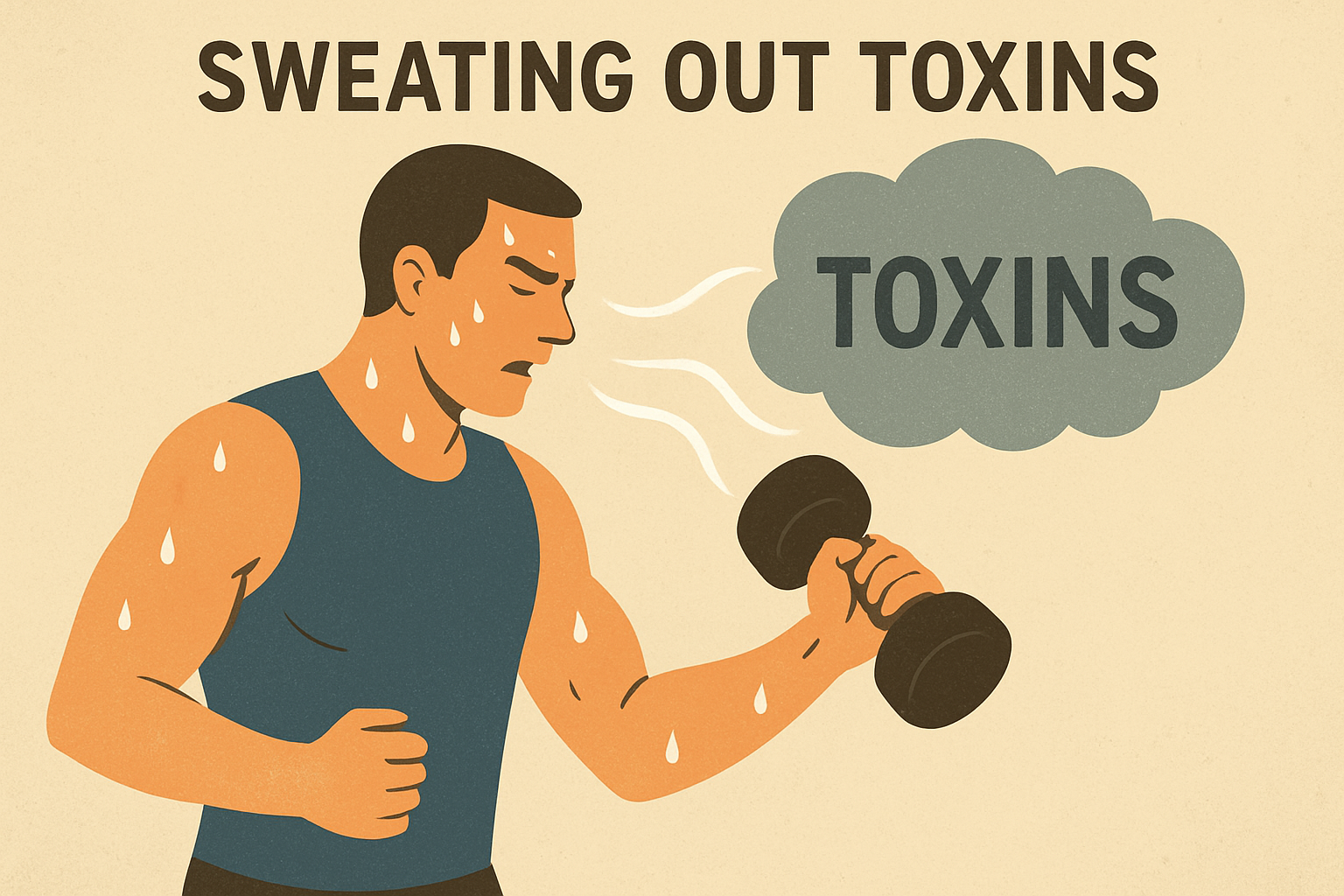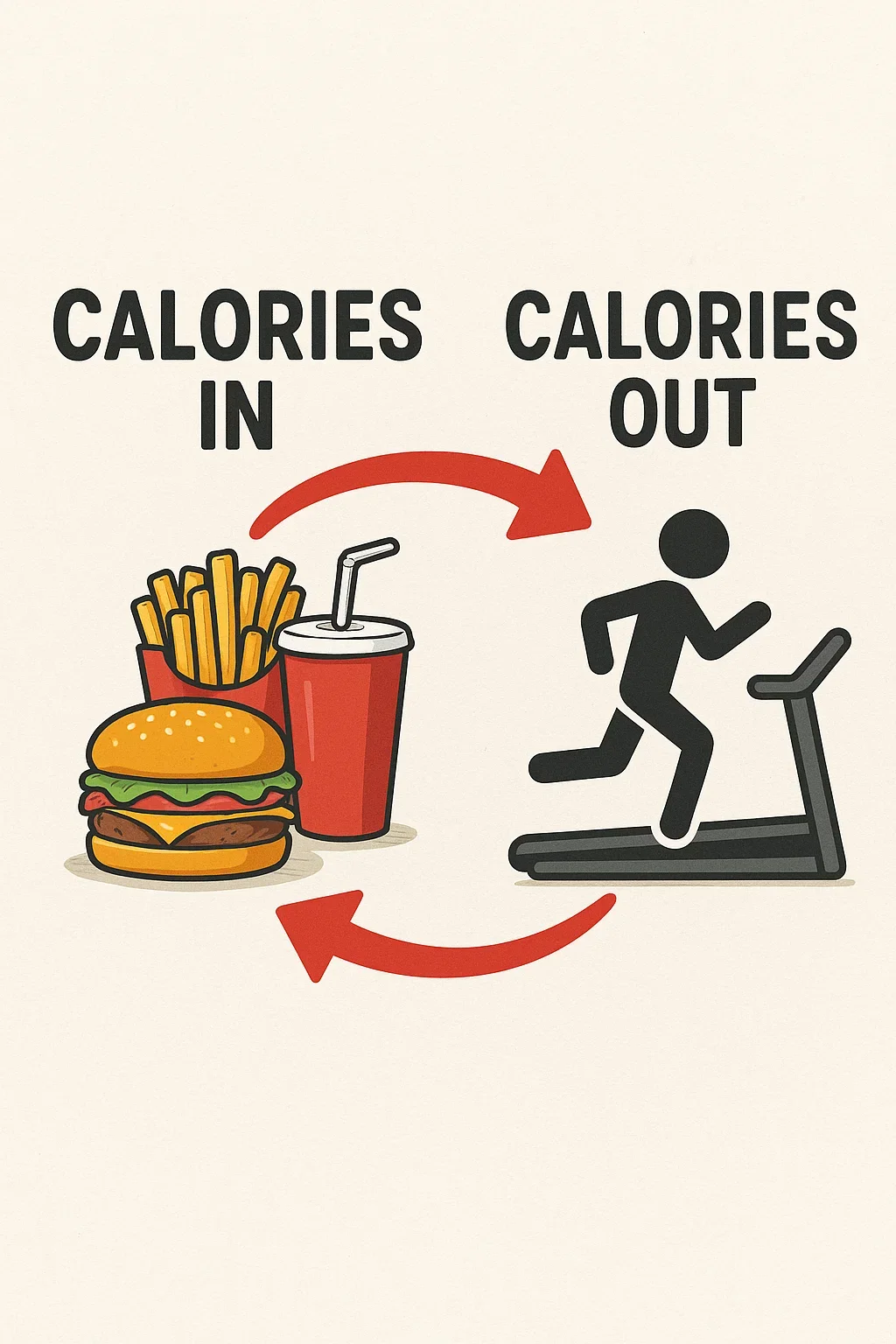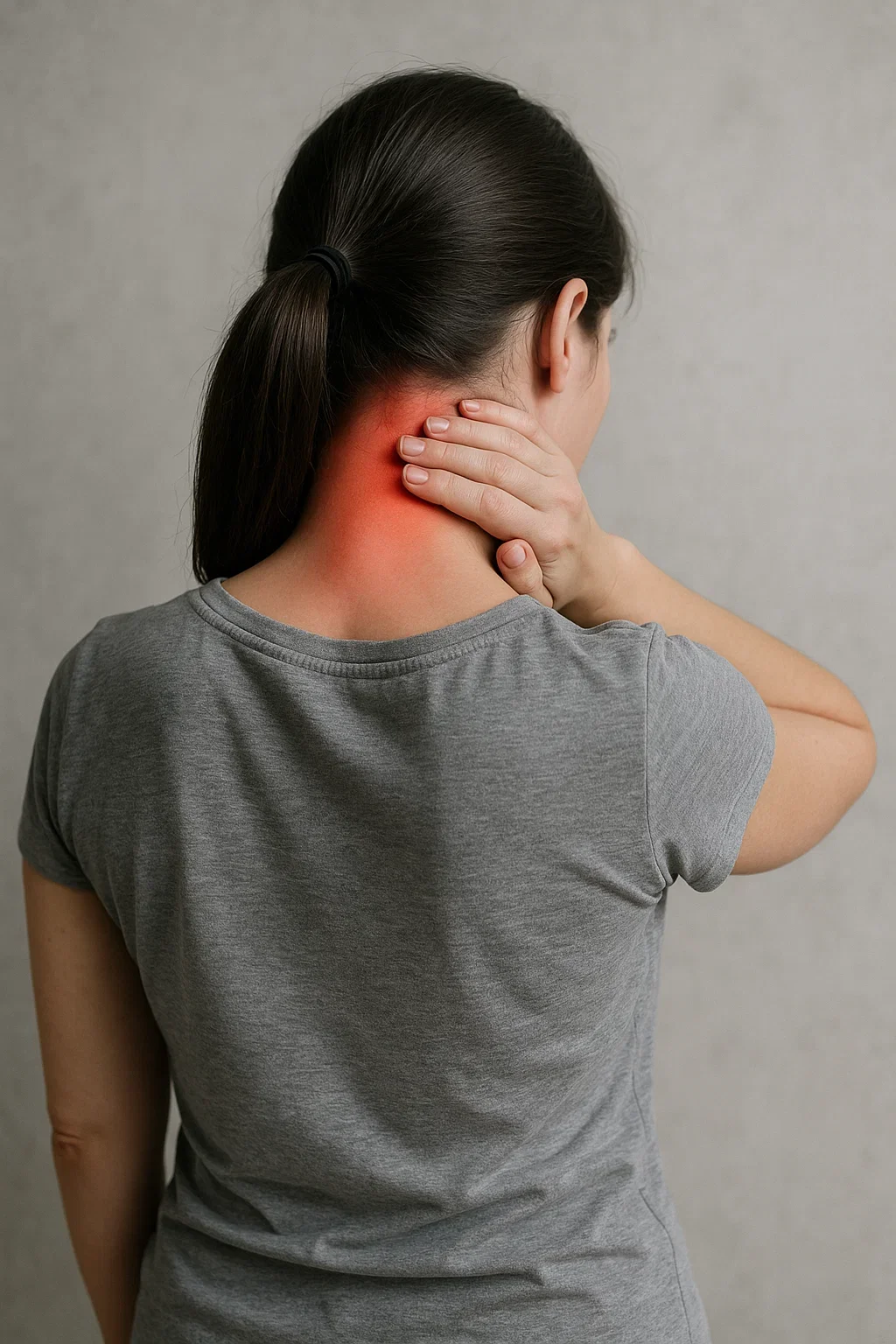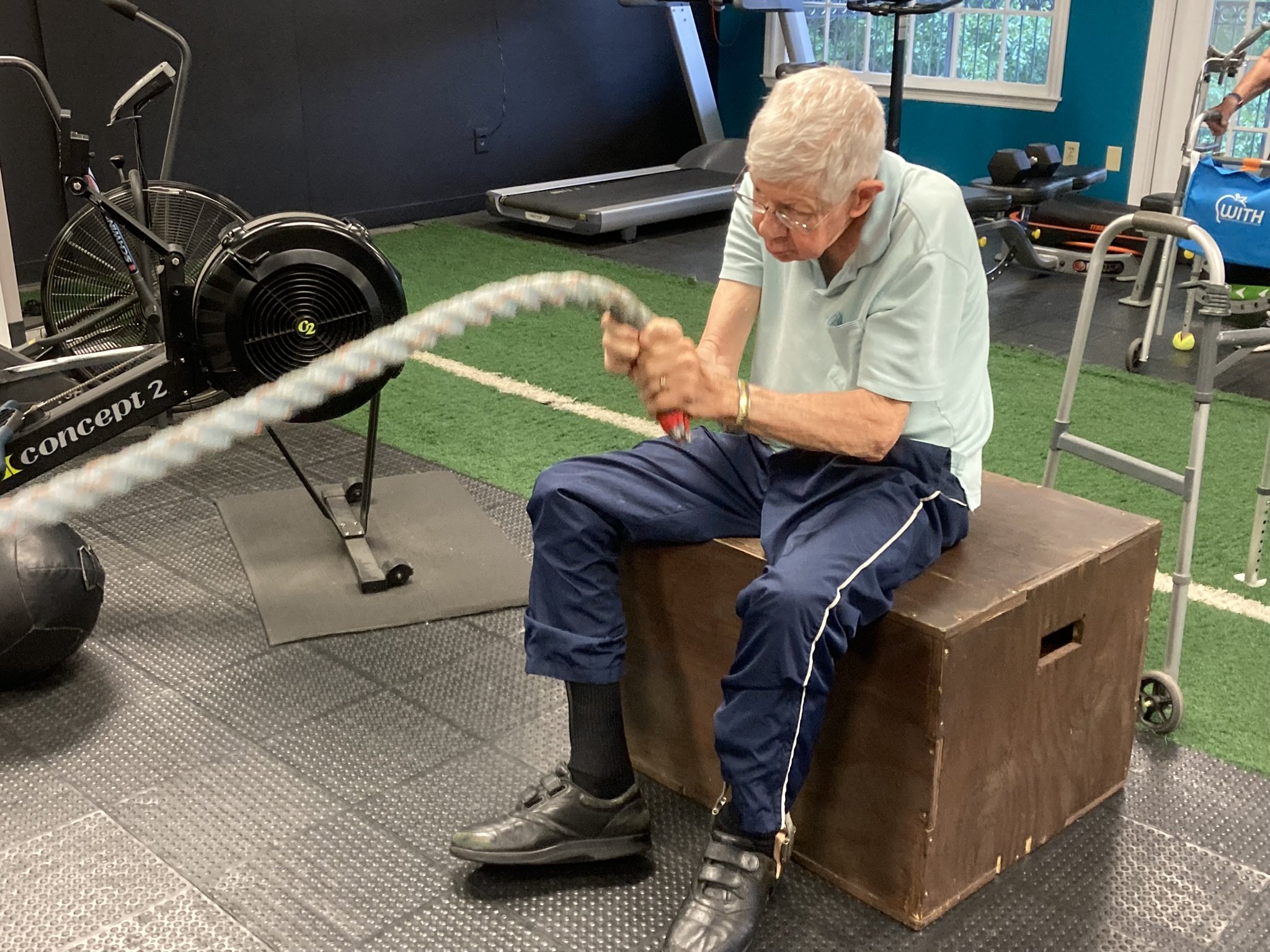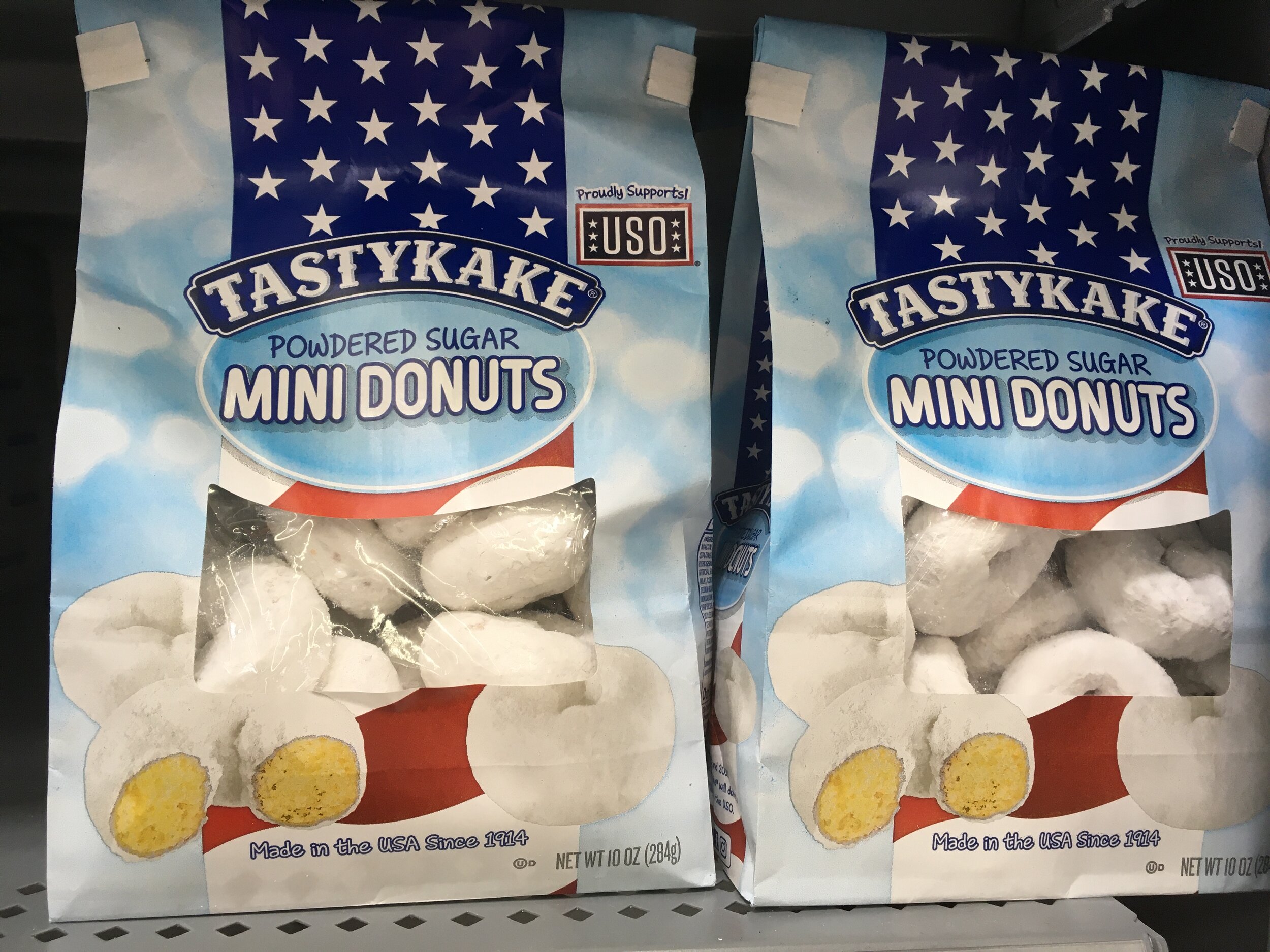A recent Consumer Reports article reported on the lead content of various protein powders. Here is the original article: https://www.consumerreports.org/lead/protein-powders-and-shakes-contain-high-levels-of-lead-a4206364640/ . I am glad that there are organizations doing this kind of research and reporting on it. Keep it coming and let’s keep the conversation going. However, it does not go far enough with telling the full story and people may miss out on an easy, healthy, and convenient way to get more protein (protein powder!).
When people read an article like this (or listen to the sound bites) what can happen is they have a quick and drastic reaction. In this case, they may ditch their protein powder. People then end up not consuming enough protein which has its own consequences, especially for the population of folks I work with (60 years +) that need more protein than other age groups. Without protein, people are more prone to overeat highly addictive carbohydrate +fatty food combinations like donuts, pizza, pasta, cookies, cake, ice cream, etc. In addition, I find that a lot of people 70 + have a hard time eating enough food in general and animal protein specifically (like meat).
These types of foods are what tends to shorten our lives and steal our futures…..and every subsequent generation seems to be less able to handle them.
Bottom line and quick answer: Are protein powders dangerous and should we avoid them? NO. The standards used in this article (Prop 65) are very conservative and ultimately not helpful. I was going to write a large article about this issues but these videos did the job for me:
https://youtu.be/IVpI2iNCfos?si=rX4XO3v4PtcPnUCE
https://www.youtube.com/watch?v=2Rdna0UueB0
WARNING: If you listen to the 2nd video you will likely keep your protein powder AND start buying organic food.
The longer answer to the above question: some brands of plant based protein powder may be a problem for some people. They are much more problematic than high quality milk/ whey based protein. Why? Many plants like rice, peas, and soy that soak up heavy metals from the soil. Anytime something is a concentrate (think oil…powder) any toxin involved in their production is also concentrated. High quality whey protein is the best choice from a toxin point of view.
There are no solutions biology…only trade-offs.
I do think companies should be pushed by consumers to make their products as clean as possible.
This is not a new issues and it comes up a lot in my news feeds and thoughts. The bigger and deeper issue is how can we live well in a world full of toxins and how can we help the body detoxify? Hint: Exercise and sweating is a cheap and free way to do this in part.
I do plan on getting the safety data sheet/ toxin load reports from my favorite plant and whey protein companies. I will post them here soon.
Jason Cornish, ACE Personal Trainer, Medical Fitness Specialist, Health Coach. He practices his craft in Auburn, AL.


